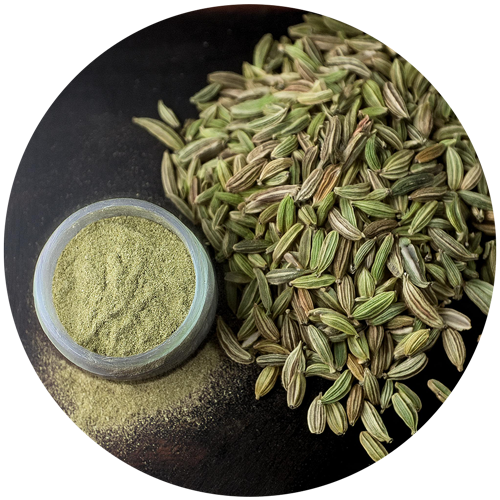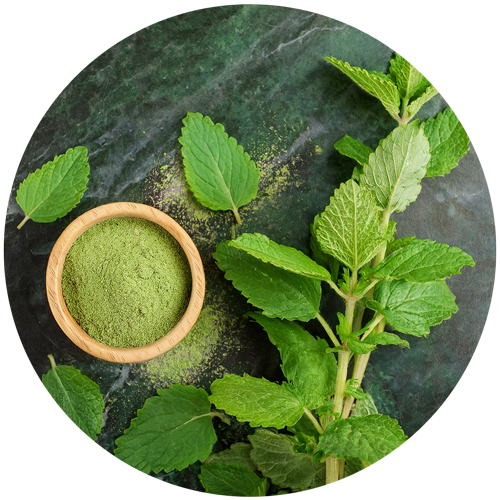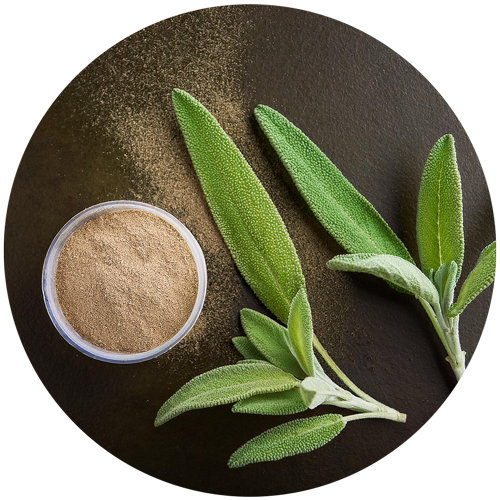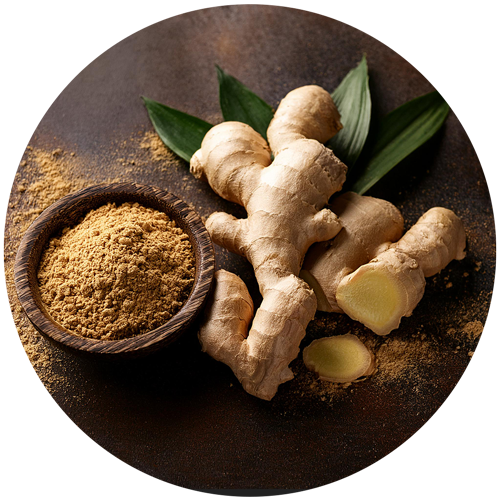

CHAMOMILE MATRICARIA
Matricaria recutita L. Sleep
Sleep  Premenstrual syndrome
Premenstrual syndrome  Blood glucose
Blood glucose  Digestion
Digestion  Anti-stress
Anti-stress Chamomile Matricaria chamomilla L. (Matricaria recutita L.) is a herbaceous plant of the Asteraceae family native to Europe and Western Asia. Chamomile flower is generally used in traditional medicine for its effects on nervousness and gastrointestinal disorders.
Our references
Regulations
and analysis
Identification : TLC
Data on traditional use
Cahier de l’agence du médicament (France):
-
Used to aid digestion
-
Used to stimulate appetite
EMA monograph :
- Symptomatic relief of minor gastrointestinal disorders such as bloating and mild spasms
WHO monograph :
-
Used to soothe the digestive tract
Monographie Canada :
-
Used to help soothe the digestive tract, and relieve indigestion, flatulence, bloating and belching.
-
Used to help relieve agitation and/or nervousness and as a sedative to help sleep.
German monograph :
- Used for gastrointestinal spasms and to soothe the gastrointestinal tract
Association ideas by health axis
Select one or more axes:

Detailed description
Matricaria chamomilla (Matricaria recutita L.) is a herbaceous plant in the Asteraceae family. Native to Europe and Western Asia, it is now widely cultivated throughout the world.
Chamomile flower is well known and generally used in traditional medicine as a decoction or infusion for its effects on nervousness, gastrointestinal disorders, liver health, painful menstruation and soothing of the respiratory tract. Several studies have shown that the plant and its extracts can relieve pain and promote healing.










